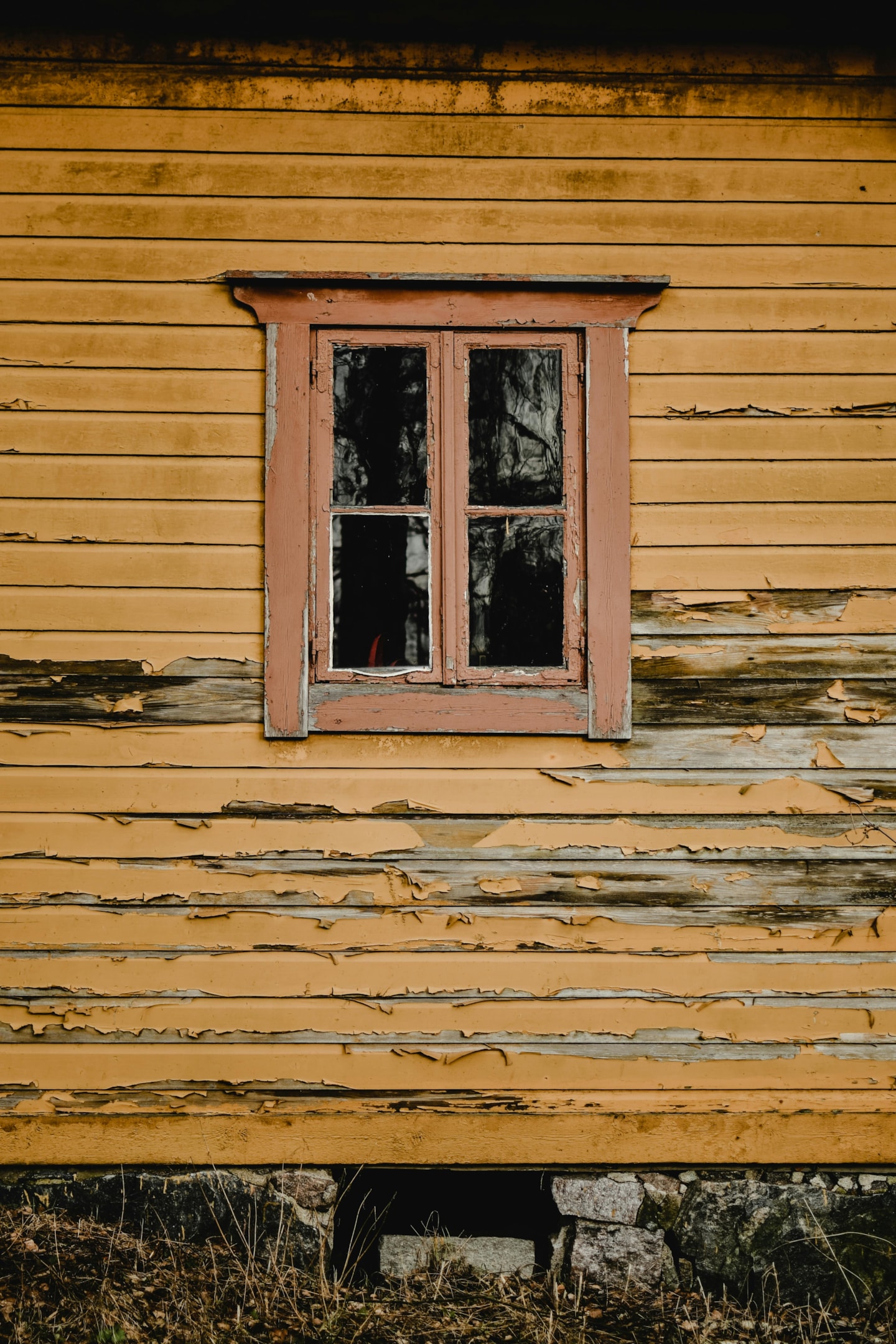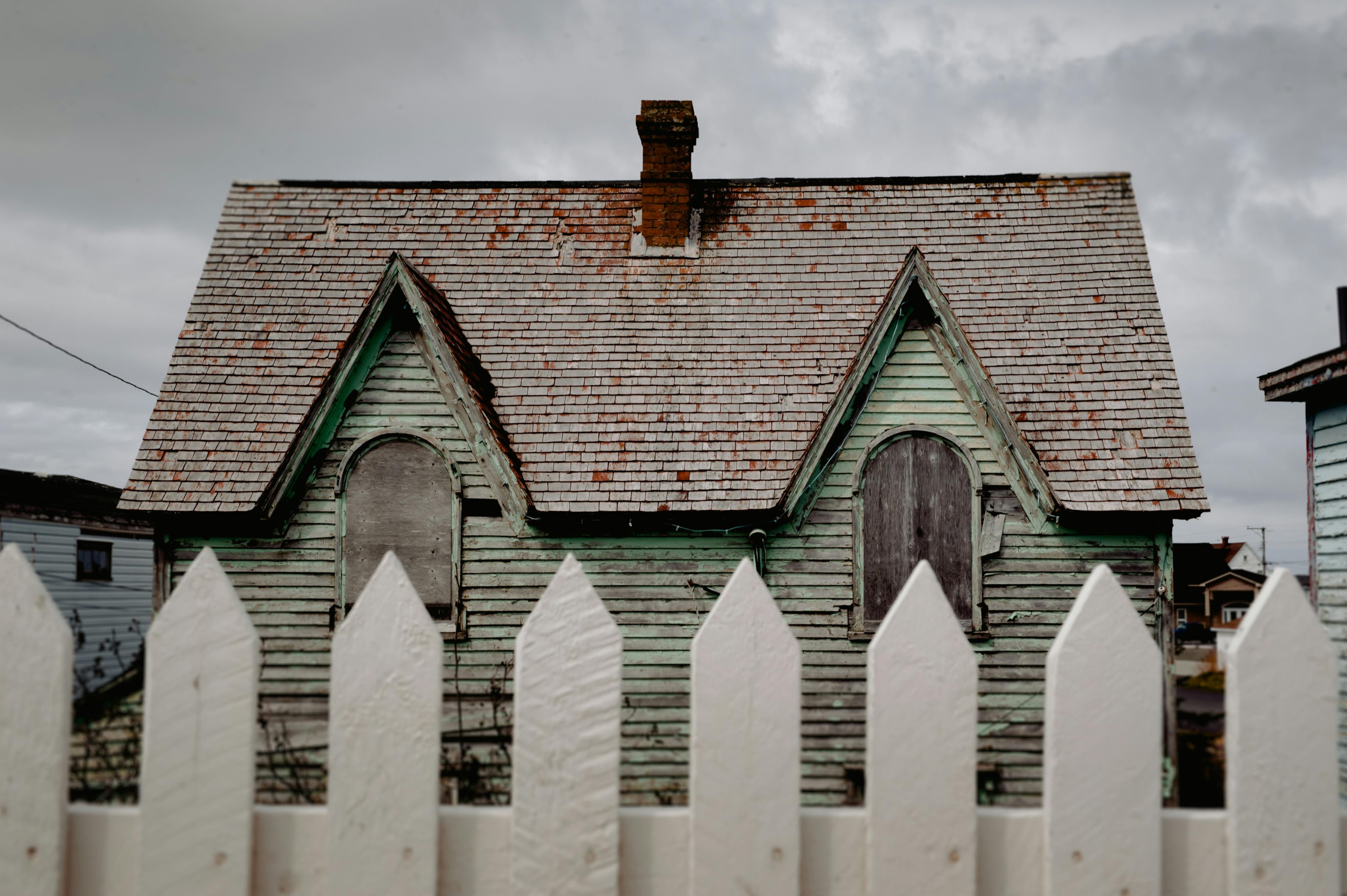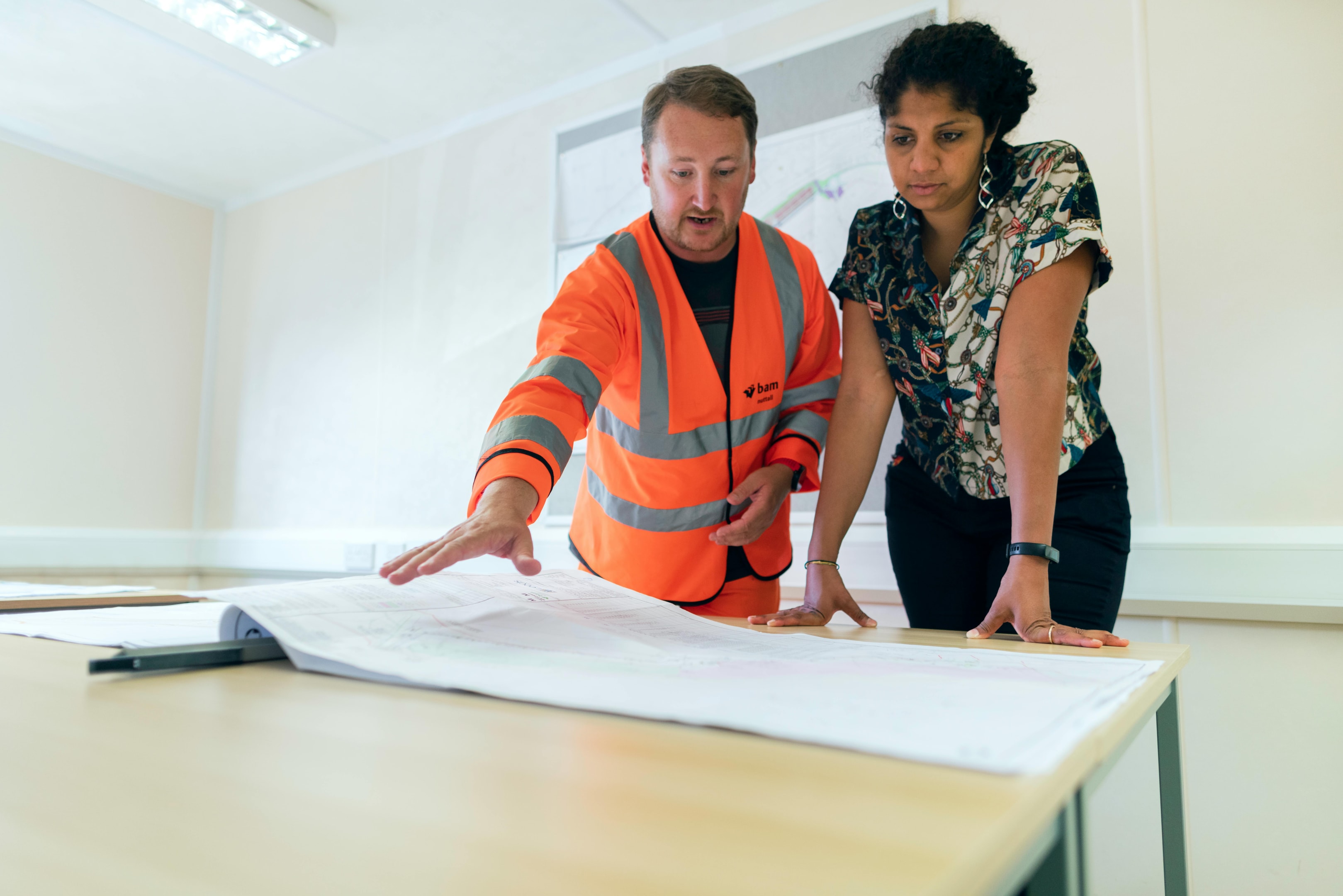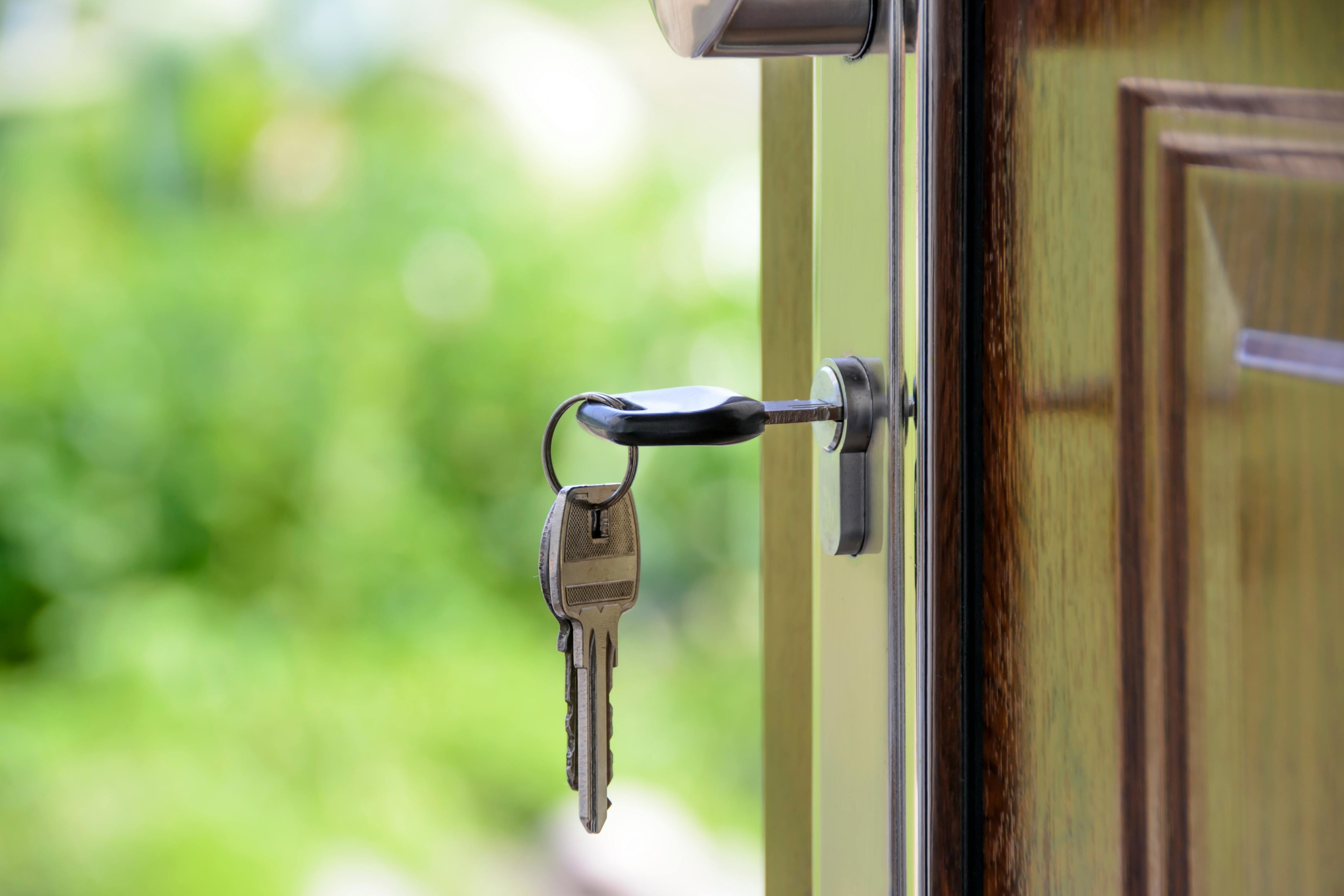A Complete Guide to Estimate Rehab Costs for Flipping Successfully
Accurate rehab numbers are the secret sauce of every profitable house flip. A reliable rehab estimate is crucial for accurate deal analysis and reducing investment risk. Blow the estimate and the deal that looked like a grand-slam on paper can shrink to peanuts—or worse, red ink. Whether you're a beginner or an experienced home flipper, this article leverages expert knowledge to help you turn wild guesses into data-backed projections. Let's break down the entire process, from the first curbside glance to your final punch-list walkthrough, and answer the most common rehab questions investors face during the renovation process.

Why Accurate Rehab Estimates Are Crucial
The Profit-Equation Reality Check
At its simplest, flipping is fifth-grade math: ARV minus the sum of purchase price, rehab, holding, and selling costs equals profit. It's crucial to include all expenses in your calculations—overlooking even small costs can erode your profit margin significantly. For example, missing the rehab estimate by $15,000 can shrink a comfortable $40,000 spread to a negligible amount, and worse, lenders, partners, and buyers may question your credibility if your numbers start to drift. Accurate and comprehensive cost estimation is essential to maintain trust and ensure your flipping project remains profitable.
Pre-Inspection Prep: Tools, Docs & Mindset
Must-Have Gear in Your Trunk
Essential tools to have in your trunk before beginning a property inspection include a 25-foot tape measure, laser measurer, small level, outlet tester, non-contact voltage pen, moisture meter, infrared thermometer, telescoping ladder, high-lumen flashlight, and a tablet or phone equipped with a rehab checklist app. These instruments enable precise measurements, electrical testing, moisture detection, access to hard-to-reach areas, and efficient tracking of rehab tasks, ensuring a comprehensive and organized evaluation of the property's condition.
Paperwork & Online Records to Pull First
Print recent sales comps, prior permits, property tax card, and any insurance claims. Be sure to review comparable sales and permits from the past ten years to get a sense of recent trends and costs. Knowledge upfront keeps you two steps ahead of hidden costs.

Interior Systems: Structural & Mechanical
Plumbing—From Main Line to Fixtures
Whole-house repiping costs vary depending on materials and labor, while replacing a water heater and installing new fixtures can add to the overall plumbing expenses. To get the most accurate plumbing cost estimates, it is advisable to seek bids from local contractors who understand regional pricing and can provide reliable quotes for your specific project.
Electrical—Code, Capacity & Safety
Upgrading electrical service and rewiring outdated systems can be significant investments. Installing modern safety features such as tamper-resistant outlets and GFCIs also contributes to electrical upgrade costs. When planning electrical work, it's essential to compare general contractor bids to ensure you receive the best value and quality for the work.
HVAC & Insulation—Comfort Costs Money
Replacing or upgrading heating and cooling systems, ductwork, and insulation involves material and labor costs that can fluctuate based on local market conditions. It's important to consider these variations when estimating expenses for HVAC and insulation improvements.s.
Environmental & Hidden Hazards
Mold, Radon & Asbestos
Mold remediation, radon mitigation, and asbestos abatement are important remediation issues that can significantly increase your overall rehab expenses. Factoring these potential hazards into your renovation budget is essential to avoid surprises and ensure a safe, compliant property.
Termites, Lead Paint & Other Silent Killers
Treatment for termites and lead paint requires careful attention and can add notable costs to your project. Accurately estimating repairs related to these issues is crucial to prevent unexpected expenses and maintain the profitability of your investment. Implementing lead-safe paint practices is also an important consideration during interior renovations.

Cosmetic Improvements That Actually Pay Off
Kitchens & Baths—ROI Superstars
Mid-range kitchen renovations without layout changes typically incur moderate costs, while budget bathroom refreshes are generally more affordable. For those considering upgrades, adding features like a full tile-in shower can increase overall renovation expenses. Accurately estimating these renovation costs is essential for effective budgeting and helps avoid unexpected expenses during the project.
Flooring, Paint & Lighting
Luxury-vinyl plank flooring and hardwood refinishing vary in price depending on quality and installation. Interior paint is one of the most cost-effective ways to refresh a space. It's important to obtain accurate prices for flooring and paint to ensure your renovation budget stays on track and to avoid unexpected cost overruns.
Labor Costs and Pricing: The Real Driver
Labor costs often represent the largest expense in any rehab project and can vary significantly based on your local market—urban areas may charge double what rural ones do. Experienced real estate investors reduce surprises by obtaining multiple bids and comparing them to recent projects nearby. A thorough property inspection uncovers issues like foundation repairs or hidden water damage that can escalate labor and renovation costs beyond a simple cosmetic rehab.
Breaking down the renovation scope into tasks—demo, framing, plumbing, electrical, and finish work—and securing line-item labor pricing from general contractors helps build a detailed budget and spot outliers before committing. Additionally, labor costs include more than hourly rates; local regulations, permit requirements, and skilled labor availability all impact pricing. Precisely evaluating these factors is key to controlling rehab costs and ensuring profitable deals. For tips on finding a reliable contractor, see Find Contractors for Real Estate: An Investor's Guide to Building a Winning Team.
Estimating Rehab Costs: Methodologies Explained
Estimating Rehab Costs: Methods and Approaches
When estimating rehab costs, several methods can help balance speed and accuracy:
$/Sq Ft Shortcut: This quick method assigns costs based on the level of renovation—light cosmetic, medium, or full gut. While useful for rough estimates, it often misses project-specific details and can be risky for structural or high-end finishes.
Component-Based Estimating: This detailed approach itemizes every rehab task—demo, carpentry, plumbing, painting, etc. Though more time-consuming upfront, it provides a bulletproof and precise budget, ideal for complex projects.
Hybrid "Checklist + Sq Ft" Approach: Combining presets for standard items with manual quotes for unique tasks, this method offers the best balance between speed and accuracy.
Mastering these techniques allows you to create a detailed budget and renovation plan tailored to your specific market and project needs, helping you accurately estimate rehab costs and avoid costly surprises.
Estimating Rehab Costs Using Real Property Examples
The best way to master estimating rehab costs is to walk through real property examples. For instance, if you're flipping a house needing a full gut rehab with new kitchen, baths, foundation repair, and systems, break down the renovation scope into tasks like demo, framing, plumbing, electrical, HVAC, insulation, drywall, paint, flooring, and finishes. Research local unit prices and gather contractor quotes for each task—foundation repair might cost $10,000, while painting and flooring could total $8,000. Adding all line items provides a more accurate total than a rough per-square-foot guess. Reviewing recent projects in your market also helps identify overlooked expenses like permits and inspections, enabling you to create a detailed budget that keeps your rehab on track and profitable. Ultimately, working with a contractor is going to be beneficial since they are able to apply their background and experience to each renovation.

Leveraging the 70 % Rule & MAO
Building Real Buffers into Your Numbers
Take ARV × 70 %, subtract rehab, holding and selling. Then slice off another 5–10 % as a contingency, ideally calculated as a percentage of your estimated rehab costs to cover unexpected expenses. Disciplined offers protect you when Murphy's Law strikes.
Negotiating with Cold, Hard Data
Sellers argue with opinions, not spreadsheets. Bring photos, contractor quotes and code-violation notices—your "discount" becomes logical, not insulting. Presenting accurate rehab estimates is especially important when negotiating with a cash buyer, as they rely on precise numbers to make quick decisions and close deals without financing delays.
Contractor Walk-Through & Bidding
Scope Sheets & Bid Apples-to-Apples
Hand each GC the same line-item scope. Apples to apples = no sneaky omissions. Scope sheets are essential for identifying renovation projects, ensuring all necessary upgrades and repairs are accounted for and prioritized.
Contracts, Draw Schedules & Lien Waivers
Tie payments to milestones—demo complete, rough plumbing approved, drywall finished, and final inspection passed. Collect lien waivers at every draw to protect your investment. Trust your contractors, but always notarize documents to ensure everything is legally binding and transparent.
Software & Digital Tools
Estimator Apps & Spreadsheet Templates
FlipperForce: robust cost library + Gantt charts
Rehab Estimator Pro: fast mobile bids—great for walk-throughs
Google Sheets + BiggerPockets calculator: free, customizable and sharable

Project-Management Platforms
Trello, Monday.com or Buildertrend keep tasks, photos and receipts in one cloud-based hub. These project management platforms make it easier to track and manage successful rehab projects from start to finish.
Hidden & Soft Costs No One Mentions
Permits, Utilities, Insurance & Dumpsters
Permit sets can vary widely depending on the renovation scope, while dumpster rental costs depend on size and duration. Builder's-risk insurance premiums fluctuate based on policy length and coverage, and temporary power installations may incur setup fees plus usage charges. Reviewing your own successful rehab projects can help you better anticipate and budget for these hidden and soft costs.
Vacancy, Staging & Closing Fees
Every month unsold averages 1% of ARV in holding costs. These expenses can significantly impact your returns, especially if you plan to keep the home as a rental property, where minimizing vacancy and holding costs is crucial for long-term profitability. Staging runs $1,500–$2,500 for 60 days but often trims days-on-market by a week or more.
Common Mistakes When Estimating Rehab Costs
Even experienced real estate investors can fall into common traps when estimating rehab costs, such as underestimating the true scope of work, missing hidden damage, or skipping thorough property inspections. Relying solely on average price per square foot without considering local market, property age, and renovation scope can lead to inaccurate estimates. Failing to include a contingency fund—typically 10–20% of the total cost—often results in unexpected expenses eating into profits. Additionally, not consulting general contractors or using rehab cost estimators can cause missed costs. To minimize risk and set projects up for success, always get multiple bids, review past projects, and use updated market data for accurate estimates.
Exit-Strategy Alignment
Flip vs. BRRRR vs. Owner-Finance Scopes
Flips typically aim for top-dollar finishes and fast appraisals, while BRRRR strategies focus on durable, landlord-grade materials. Owner-finance buyers often tolerate cosmetic imperfections, allowing you to reduce rehab costs by about 10%. When embarking on your very first rehab project, it's important to consider your experience and available resources to choose the exit strategy—whether flipping, BRRRR, or owner-finance—that best aligns with your goals.

Conclusion
Estimating rehab costs for flipping isn't guesswork—it's a skill you refine with every walkthrough, quote and change order. Master the exterior cues, learn your local price sheet, and wield data like a shield when negotiating. With discipline and a dash of paranoia, you'll turn potential money pits into predictable paydays. Mastering rehab cost estimation is also a key skill for long-term success in real estate investing, helping you make smarter decisions and build lasting wealth. For more tips on building your real estate business, see How to Generate Passive Income from Real Estate: A Complete Guide.